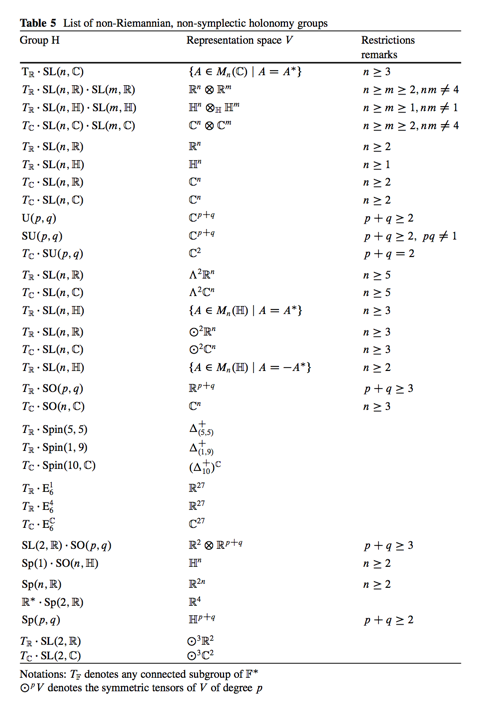00:00 - 18:0018:00 - 00:00
user116211
user116211
user116211
user116211
00:00 - 18:0018:00 - 00:00



